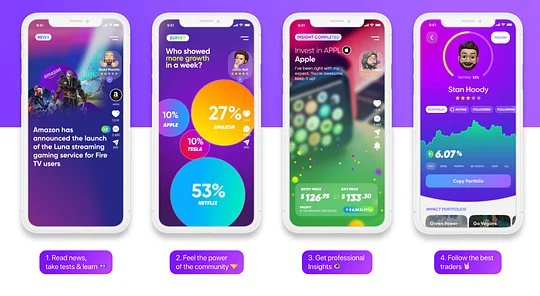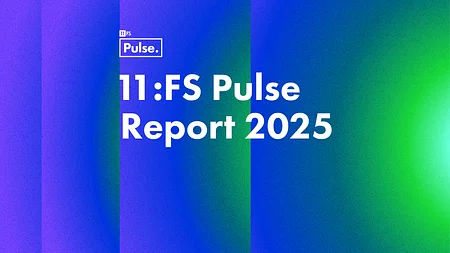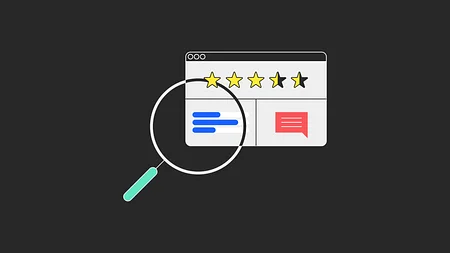Gamification isn’t always the easy path to engaging products

There have always been everyday tasks that seem complex, boring or too disinteresting for us to give them our full attention. Whether that’s as simple as ironing your laundry or as time consuming as learning a new language, often we’ll lack the drive or willpower to overcome the initial inertia to progress.
This is taken from our Unfiltered newsletter. Subscribe now for a no BS, uncensored analysis of fintech news and hot topics delivered to your inbox each fortnight.
We are hardwired to neglect or reject tasks that offer very little tangible reward or immediate benefit. As more of the mundane and monotonous become available online they are offered the opportunity to reinvent themselves. By gamifying small, seemingly insignificant functions, designers can affect real human behavioural change.
So what is gamification?
Put simply, to gamify something means to bring elements of game mechanics into an environment where they wouldn’t be found organically. It has become commonplace in the design of digital products and services. Basic task management, or life admin, has spawned a large ecosystem of apps and programs designed specifically to increase productivity through gamified functions. Some of these tasks are certainly uninspiring, others close to futile. But that press up you did this morning should be rewarded, as should sticking to your arbitrary diet. By weaving suitably engaging features, such as visually representing progress and celebrating small victories, these products tap into the intrinsic motivations of users. As a result, they discover a new found enjoyment in the menial tasks at hand.
The same approach has started to appear on finance platforms too. Here gamification finds a more complex home, and is being used to solve problems for both customers and the products themselves.
Finance suffers both a perception and an educational problem and gamification can be used to address both of these.
Let’s start by taking a look at perception.
How can gamification and other behavioural mechanics be used to make financial services products feel more engaging, more interesting? Banks, until recently, were seen as trustworthy and serious institutions. The crash of 2008 eviscerated that trust and left the banks with no choice but to overhaul their approach to communicating with their customers.
One of the largest appeals of new digital challengers is that they have presented themselves as far more in touch with consumers. This is, for the most part, achieved through simple language expressed in a friendly, conversational manner. This has allowed customers to feel more in touch with their finances and better understand their personal finances. But the further challenge is to get them to actively engage and learn from them, and that’s where gamification comes in.
One of the most common, simple and effective ways of increasing customer engagement within a product is to communicate progress being made.
Positive reinforcement of good financial habits
One of the most common, simple and effective ways of increasing customer engagement within a product is to communicate progress being made. This can be as simple as a positive message such as a congratulatory notification when moving money to savings. Further impact can be created by linking this positive reinforcement with your product’s core brand values.
Chip, a UK based savings and investment platform showcases this superbly. Their purpose is to enable healthier, more consistent saving for its customers in order to improve their financial wellbeing. Through a savings streak mechanic they can celebrate their customers progress, while simultaneously incentivising good financial management - a win-win for both customer and platform.
Celebrating impact visually through rewards
You can of course go deeper when tying into brand values by tapping into the impact the customer themselves is creating as a result of their actions.Tickr, a positive impact investment platform, incentivises increasing your carbon offsetting through investments. The more carbon you offset, and the more friends you refer, the more impact you see yourself create. Your impact is visualised as your own forest to grow and maintain, a powerful reminder of the positive impact you are creating by using the product. It undoubtedly creates a strong bond of trust between brand and the end user, which will continue to make the product more engaging for its audience. Likewise CoGo uses visuals and illustrated examples to help emphasise and contextualise the impact you are making through ethical investments. My colleague Will Jones has written at length about the power of brand in the creation of any product, and this certainly rings true in the case of Tickr and CoGo.
Put simply, it’s natural for us to be more motivated by how much is left to do, rather than how much you have already done.
Goal Gradients
Goal gradients is a behavioural nudge technique that has been around for the best part of a century. In recent times it’s found a really impactful home in digital financial products. The theory states that the closer someone gets to a goal or a reward, the more likely they are to increase their effort in obtaining it. Put simply, it’s natural for us to be more motivated by how much is left to do, rather than how much you have already done. This most common application of this in modern fintechs is in relation to goal setting. We’ve all set up savings pots in Monzo or Revolut, becoming increasingly motivated to complete that savings goal as that progress bar nears the end. Additional nudges from notifications can further motivate customers to complete those goals.
Coupled with loss aversion (the idea that pain of loss is twice as powerful as the pleasure from gain), we can see goal gradients used effectively within budgeting tools and spending summaries. When we realise we only have 20% of our budget left and 2 weeks left in the month we are much more likely to curb our spending than if we are told we have spent 80% of our budget.
Can you make things too fun?
The examples we have explored here primarily cover positive and healthy financial habits through fairly straight forward savings or investment products. However, the more complex the product, the greater the challenge of increasing engagement in a responsible manner. Of course, any mechanic that can persuade a product's users into making a decision can be used with nefarious or manipulative intent . Whether intentional or not there have been some high profile cases surrounding gamification as an instrument for manipulation.
In December, a lawsuit was filed against Robinhood, the day trading platform, on the basis that it’s highly gamified experience did not provide adequate contextual information regarding the consequences of trading. Some alarming research from a related UK watchdog found that four out of ten young people do not fully appreciate that high-return investments mean they might lose money. Gamified or socially driven features such as trending trades, recommendations and influencers without clear and contextual information into the consequences of placing trades can only be seen as dangerous and neglectful. Robinhood are not the only platforms in treacherous waters here, others have gone further still.
The interface of Qooore, an investment platform aimed specifically at Gen Z, resembles more of a social media platform than an investment one. Such a highly gamified and socially driven experience, will have to work incredibly hard to ensure appropriate context is given to young investors, who are only beginning to shape their relationship with money.

Likewise, the recent case of the Football Index, a market platform selling “shares” in footballers, highlights the danger in your product overly resembling something else entirely. In the Football Index’s case, a gambling product designed and marketed as a legitimate trading platform.
If your customers struggle to understand functionality within the context of the product then it shouldn’t be a candidate for gamification. It is essential to make sure that all functionality is easily understood, including what an action may involve and its potential outcomes. This is vitally important when handling people’s money and livelihoods.
My unfiltered opinion
Any mechanics that allow something as important and foundational as personal finance to become more accessible should be welcomed, but with caution. Making something more fun may result in higher engagement but, without context, it can result in your product being misleading.
For financial products to continue moving in the right direction they need to focus on improving people’s relationship with money. So when thinking about adding gamification to your product’s features take a step back and ask, who is this creating value for? If it is the customer, great. If it’s the customer and your product, even better. If you can add context, explanation and clarity in the process, jackpot! But if you can’t see the clear value from a customer’s perspective, it may be cause for pause. People’s attention and motivations are powerful yet fragile things, harness them responsibly.



